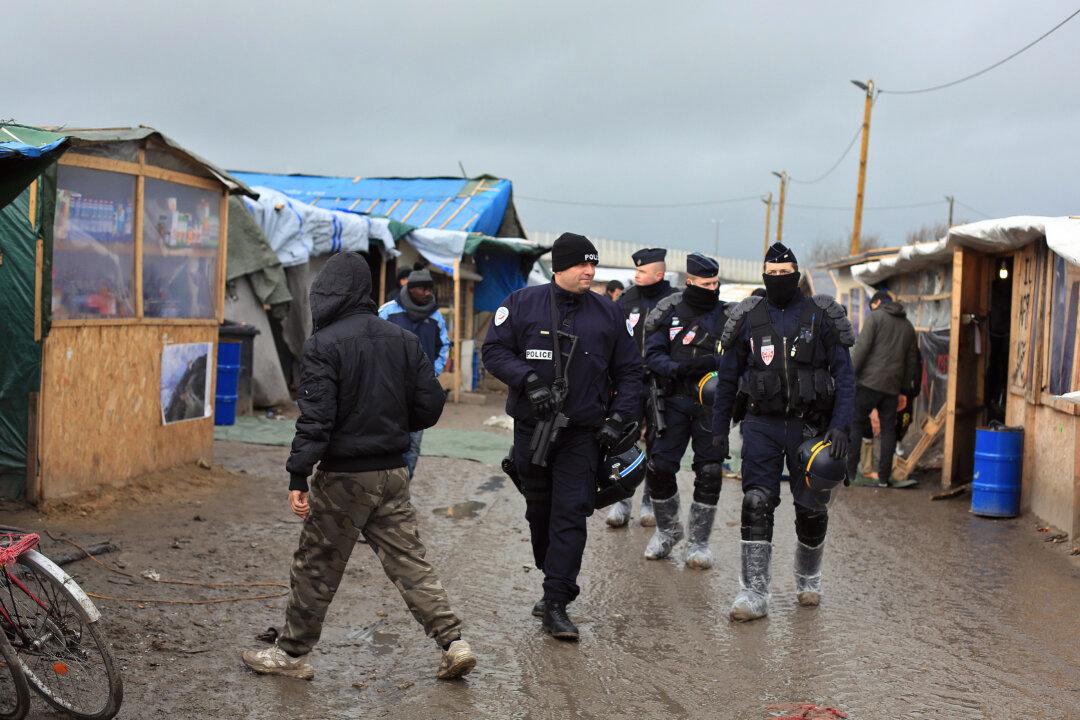CALAIS, France—Demolition crews are set to move into a sprawling slum camp in Calais, where thousands of migrants dream of getting to Britain, as French authorities try to close an embarrassing and often shocking chapter in Europe’s migrant crisis.
Closing the camp known as “the jungle” would be the most dramatic step by the French state to end Calais’ years-long migrant problem, which has transformed the port city into a high-security tension point, fueled far-right sentiment and defied British and French government efforts to make it go away. But critics contend that closing the camp may not solve the problem.
An eviction deadline for the camp’s southern sector came and went Tuesday, with migrants and humanitarian groups trying to stave off bulldozers via a legal complaint, a letter to the interior minister and public pleas that included a dose of star power. British actor Jude Law paid a visit last weekend and 260 French figures signed a petition against destroying the camp.
Its short-term fate is in the hands of a judge at the Administrative Court in Lille, likely to decide Thursday on a request by humanitarian groups to postpone the destruction of the densely built-up southern section.
The same court ordered the state in November to clean up the camp by adding running water, toilets and garbage bins, and counting the number of minors without families — now 326 — and help those in distress.






